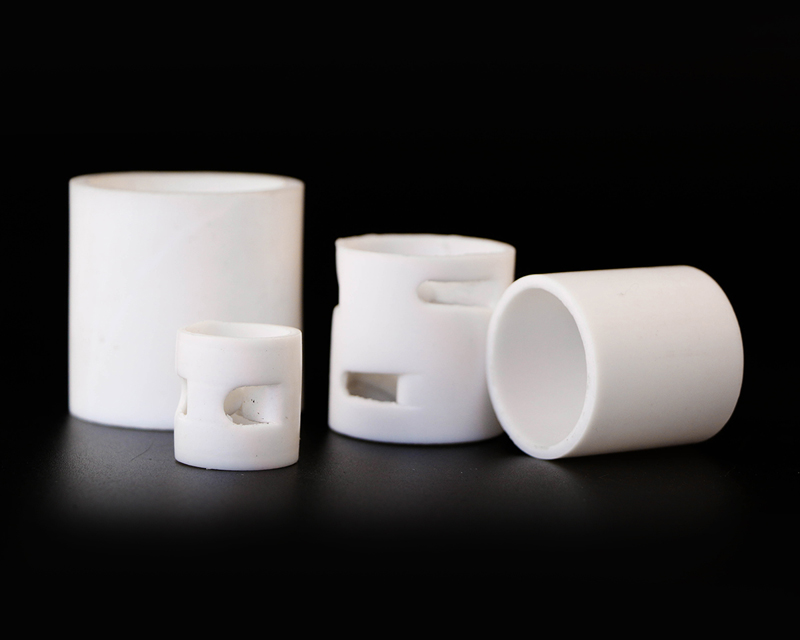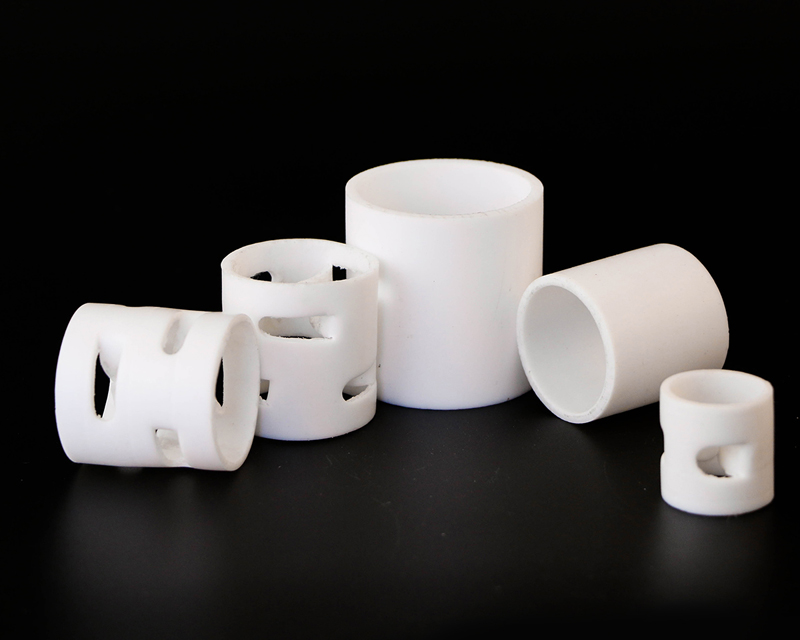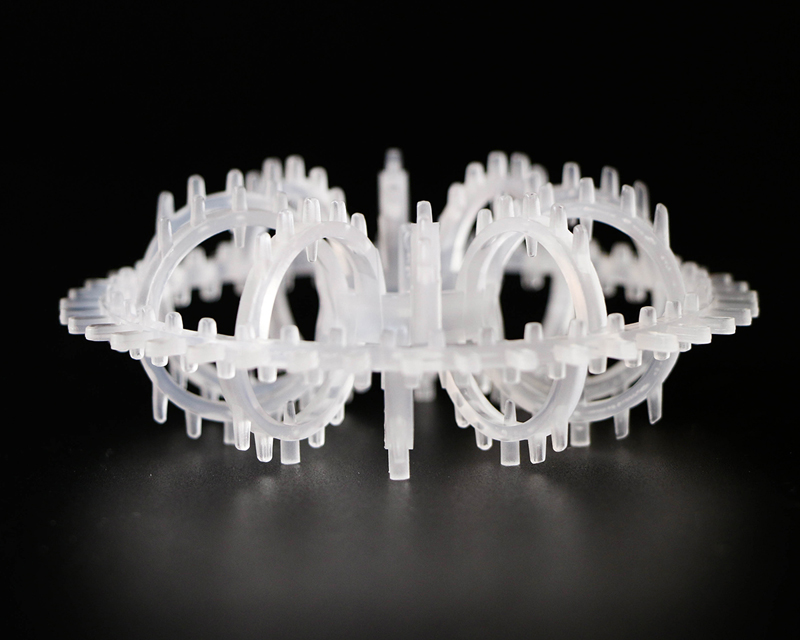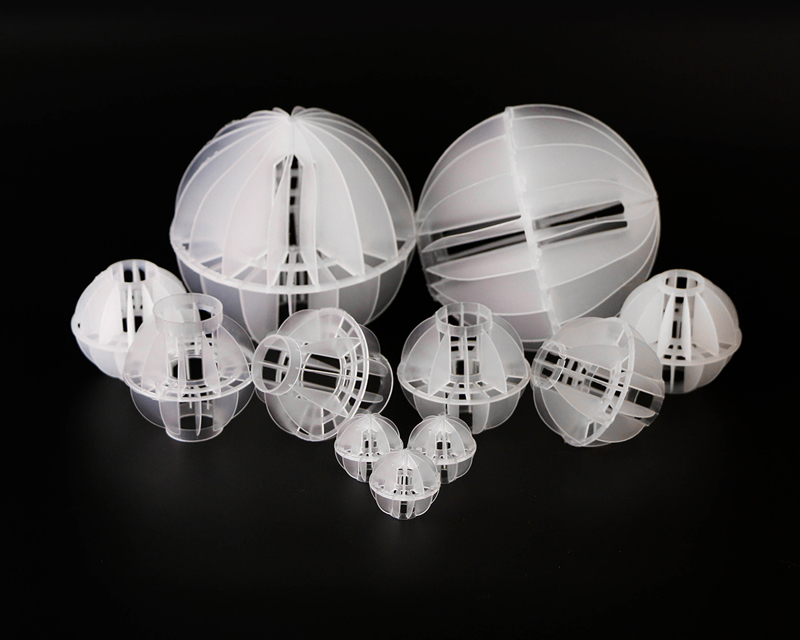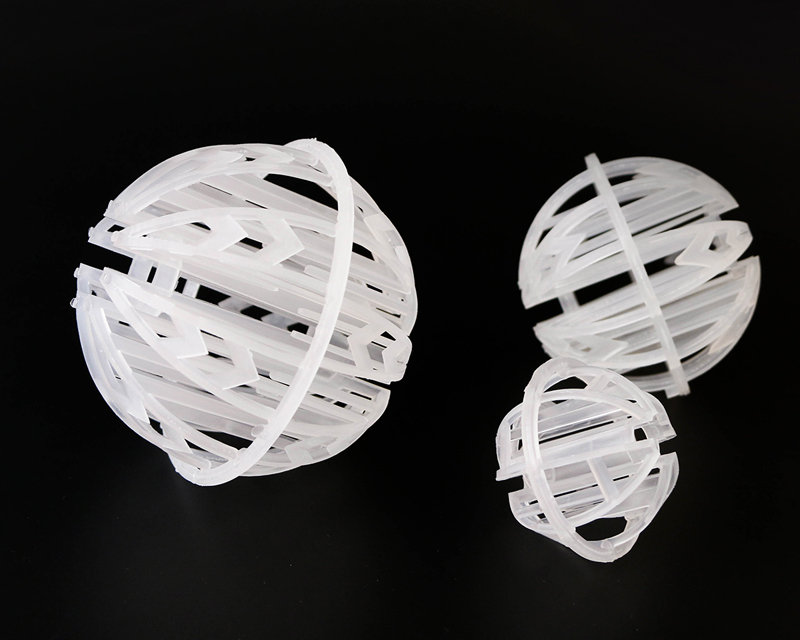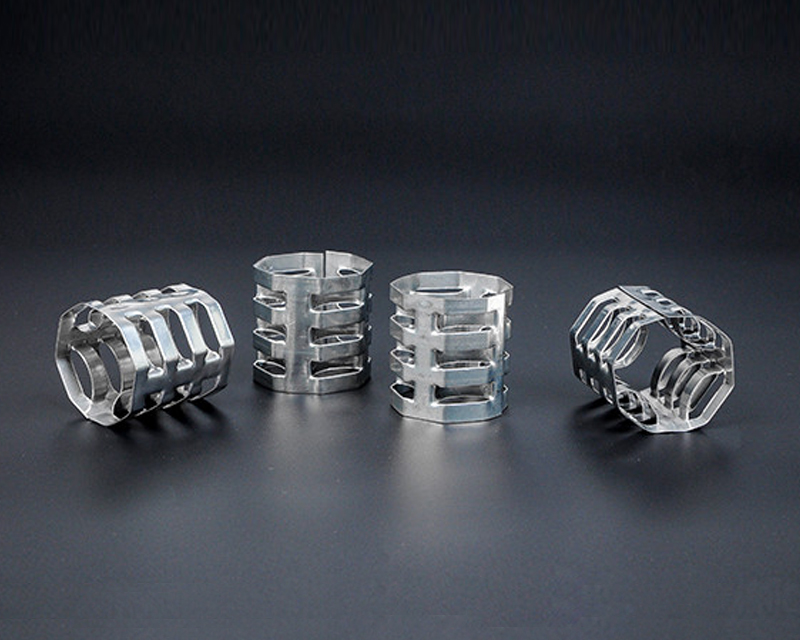Product overview:
The metal Raschig ring, also known as the different Raschig ring, has a load capacity of more than 30% compared to other traditional media, and almost 70% of it has a low pressure drop of more than 10% to improve the separation efficiency. The result is a reduction in energy and investment costs. This product can directly replace the widely used Raschig ring packing. The ring has the characteristics of thin wall, heat resistance, large gap, large flux, low resistance, and high separation efficiency. It is especially suitable for vacuum distillation towers to process materials that are heat sensitive, easy to decompose, easy to polymerize, and easy to build up carbon. Therefore, it is widely used in packed towers in petrochemical, fertilizer, environmental protection and other industries.
The metal Raschig ring can be made of various materials, such as carbon steel, stainless steel 304, 304L, 410, 316, 316L, etc., to choose from.
Product Features:
●After the improvement of the metal Raschig ring, fillers such as Pall ring, step ring, and conjugate ring have been developed. These fillers have improved in terms of increasing the mass transfer surface, increasing the mass transfer flux, and reducing the mass transfer resistance. . Saddle-shaped (arc saddle and rectangular saddle) packing is an open packing like a saddle. It is not easy to form a large number of local uneven areas in the tower, with large voids and low airflow resistance. It is a kind of industrial packing with good performance. .
●Metal different Raschig ring has small fluid resistance, large flux and high separation efficiency, but it is not suitable for materials with sediment, easy to coke and high viscosity, and it is difficult to handle and clean, and the cost is also high. The use of metal wire mesh to make the filler will undoubtedly increase the specific surface area of the filler and reduce the air flow resistance, thereby improving the mass transfer efficiency. Such packing includes mesh ring, saddle mesh, corrugated mesh, triangular coil and so on. Fluid mechanics conditions in the packed tower When designing the packed tower, the fluid mechanics performance of the packed tower must first be considered. It mainly includes the pressure drop of the gas passing through the packing layer, the speed of liquid flooding, and the liquid holding capacity (the liquid held by the unit volume of the packing). Volume), gas-liquid distribution, etc.
|
Size mm
|
Bulk weight kg/m
|
Number of piles per/m3
|
Specific surface area m2/m
|
Porosity%
|
Dry packing factor m-1
|
|
0.3" (8)
|
230
|
180000
|
315
|
97.1
|
343.9
|
|
0.5" (13)
|
275
|
145000
|
250
|
96.5
|
278
|
|
0.6" (16)
|
310
|
145000
|
215
|
96.1
|
393.2
|
|
0.7" (18)
|
240
|
45500
|
180
|
97
|
242.2
|
|
1.0" (25)
|
220
|
32000
|
150
|
97.2
|
163.3
|
|
1.5" (38)
|
170
|
13100
|
120
|
97.8
|
128
|
|
2" (50)
|
165
|
9500
|
100
|
97.9
|
106.5
|
|
3" (76)
|
150
|
4300
|
80
|
98.1
|
84.7
|
|
3.5" (89)
|
150
|
3600
|
67
|
98.1
|
71
|

 English
English Chinese
Chinese








